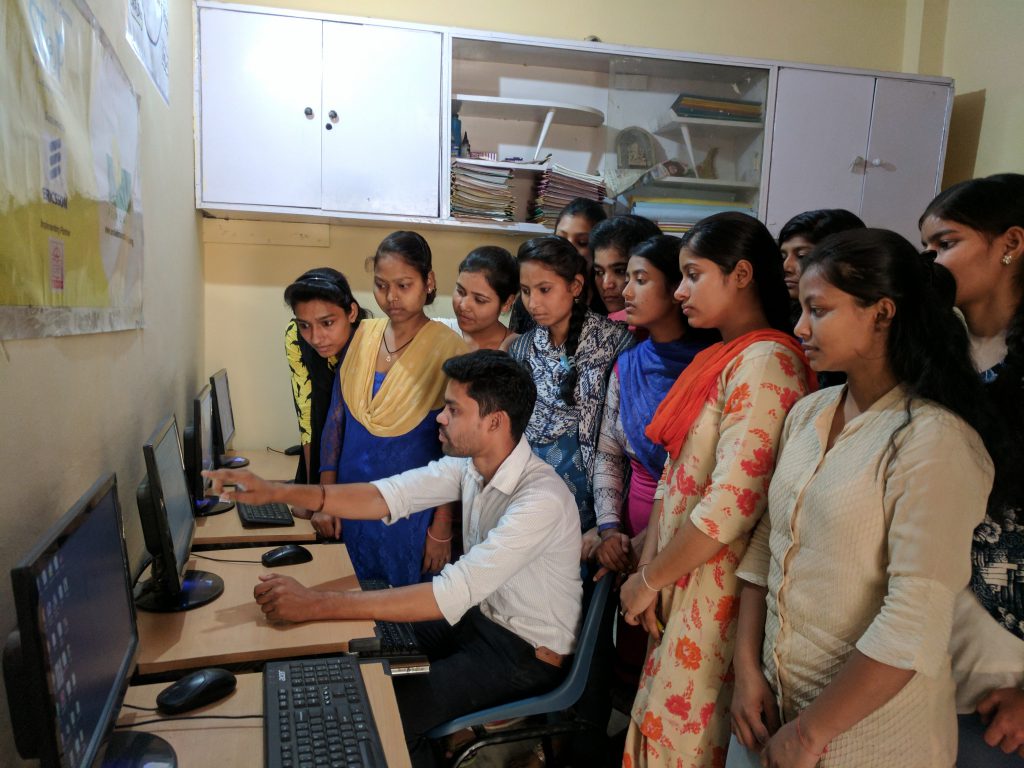Education is important for the development and growth of children as it spreads awareness and creates a positive impact on society. It helps individuals make wise decisions for their life’s responsibilities by distinguishing between right and wrong. However, sex education is a topic that generates a lot of debate, particularly in terms of introducing concepts related to sex and sexuality to children at a young age.
Some experts argue that early sex education equips children with the knowledge to make informed decisions, while others feel that it may be too much, too soon. It is essential to examine the arguments and evidence to determine whether early sex education works.
Comprehensive Sex Education
Comprehensive early sex education is a curriculum-based process that encompasses a wide range of topics aimed at providing young people with the knowledge, skills, attitudes, and values to make informed decisions about their sexual and reproductive health. The components of comprehensive early sex education typically include:
- Sexual and reproductive anatomy and physiology: Understanding the body’s functions and structures related to sexuality and reproduction.
- Puberty and menstruation: Education about physical and emotional changes that occur during puberty, including menstruation.
- Reproduction, Contraception, Pregnancy, and Childbirth: Information on how pregnancy occurs, contraceptive options, and the childbirth process.
- Sexually Transmitted Infection (STIs), Including HIV and AIDS: Prevention, transmission, and treatment of STIs and HIV/AIDS.
- Healthy Relationships and Consent: Teaching about respect, consent, and communication within relationships.
- Gender Identity and Sexual Orientation: Understanding and respecting different gender identities and sexual orientations.
- Personal Safety and Abuse Prevention: Strategies to stay safe and prevent sexual abuse.
- Digital Literacy and Online Safety: Navigating the digital world safely, especially regarding sexuality and relationships.
How is sex education for children beneficial?
Research has consistently shown that comprehensive sex education can lead to delayed initiation of sexual activity, reduced number of sexual partners, and increased use of contraceptives among teens. These outcomes are crucial in preventing sexually transmitted infections (STIs) and unplanned pregnancies.
Introducing sex education early helps children develop a healthy understanding of sexuality and their bodies. It equips young people with the knowledge to form safe, respectful, and consensual relationships. It empowers children and adolescents to make informed, safe, and positive choices about their sexual health that can also help protect children from sexual abuse.
Comprehensive sex education promotes acceptance and understanding of sexual diversity. It encourages open and healthy communication about sex and relationships. Studies have shown that comprehensive sex education can reduce rates of sexual activity, sexual risk behaviors, STIs, and adolescent pregnancy. Providing a supportive environment for learning about sexuality, can contribute to better mental health outcomes.
Challenges and Considerations
Despite its benefits, early sex education faces challenges. Here are a few challenges that slow down the process and implementation.
- Societal Attitudes and Taboos: One of the most significant challenges is the societal attitude towards sex education. This results in limited access to information and perpetuates myths and misconceptions about sexual health.
- Inconsistent Implementation in Schools: While some educational frameworks include sex education, its delivery is often sporadic and varies greatly between regions.
- Parental and Community Engagement: Parents may feel uncomfortable discussing sex education with their children or may not have the necessary knowledge themselves.
- One-Size-Fits-All Approach: Sex education programs must be tailored to the specific socio-cultural contexts of the individuals they aim to educate to be relevant and effective.
- Potential Backlash Educational institutions and healthcare centers may face backlash from society for engaging in sex education, which can lead to a reluctance to address the topic meaningfully. This results in education that fails to generate awareness among young people about safe sexual practices and reproductive healthcare.
Myths and Misconceptions
One of the biggest hurdles to early sex education is cultural sensitivity which raises myths and misconceptions. Let’s discuss a few of those.
- Sex Education Encourages Sexual Activity: Research demonstrates that comprehensive sex education can help young people delay sexual initiation and develop a sense of responsibility.
- Undermines Parental Authority: Providing accurate information in a structured environment complements parents’ role and prevents children from getting misinformed.
- Increases Sexual Risk Behaviors: Contrary to the common belief, it allows individuals to make healthier and more responsible decisions. Studies show that it often delays the initiation of sexual activity, improves sexual health, and leads to more monogamous behaviors among sexually active adults.
- Leads to Teenage Pregnancies: Individuals make mistakes out of curiosity and lack of awareness. Comprehensive sex education spreads knowledge and awareness about the use of protections such as condoms, and contraceptives for safe sex, thereby reducing the chances of unintended pregnancies.
Counter Strategies
Role of Parents and Guardians
- Parents and guardians play a pivotal role in early sex education. Their attitudes and beliefs can significantly influence a child’s perception of the subject.
- Open dialogue between parents and children should be encouraged to foster an environment where children feel comfortable asking questions and seeking guidance.
Role of Schools in Sex Education for Children
Schools can provide a supportive environment for the delivery of comprehensive and effective sex education. Here are a few steps to consider:
- Encourage open discussions between educators, parents, and students. Schools can open doors of open conversation through workshops, meetings, and seminars that discuss the objectives of sex education.
- Provide clear, factual information about the benefits of early sex education through research outcomes and statistics that help dispel myths.
- Avoiding the reproduction chapter in junior high could exacerbate issues. It’s important to train educators to deliver sex education with sensitivity and effectiveness.
- It’s important to respect different cultures and maintain decorum to help gain the support of families who might otherwise be hesitant. Tailor programs to respect the cultural and religious values of the community.
- Schools should carefully utilize peer education models where older students are trained to educate younger ones. This helps to avoid awkwardness and makes the conversation more interactive for better learning.
Role of Authority and Government
Authorities can create sex education programs that are not only informative but also empower young people to make informed decisions about their health and relationships.
- Implementing Effective Programs
For early sex education to be effective, it must be age-appropriate and culturally sensitive. Programs should be designed to evolve with the child’s cognitive and emotional development, ensuring that the information provided is relevant and understandable.
- Community Engagement
Engage with community leaders and organizations to advocate for early sex education. Their endorsements can lend credibility and encourage wider acceptance.
- Addressing Stigma
Work to reduce stigma around sex education by normalizing conversations about sexual health and relationships in various community settings.
- Policy Support
Establishing supportive policies that foster environments conducive to effective sexual health education.
- Addressing Digital Information
Recognizing that young people often turn to digital sources for information, and ensuring that accurate and helpful content is available online.
- Developing Comprehensive Curricula
Implementing a curriculum that covers the cognitive, emotional, physical, and social aspects of sexuality. This includes addressing consent, gender equality, relationships, and reproductive health.
- Inclusive Education
Making sure that the education is inclusive of all young people, including LGBTQ individuals, and explicitly anti-racist.
- Engaging Stakeholders
Involving parents, communities, and young people themselves in the development and implementation of sex education programs.
Conclusion
Early sex education, when implemented thoughtfully, can be highly beneficial. It lays a foundation for healthy attitudes towards sex and relationships, promotes safety, and empowers young people with the knowledge to make informed decisions. As society progresses, the need for such education becomes increasingly evident, and the evidence suggests that, indeed, it does work.









